The device for the issuance of cookies "Cooker 3000"
- Tutorial
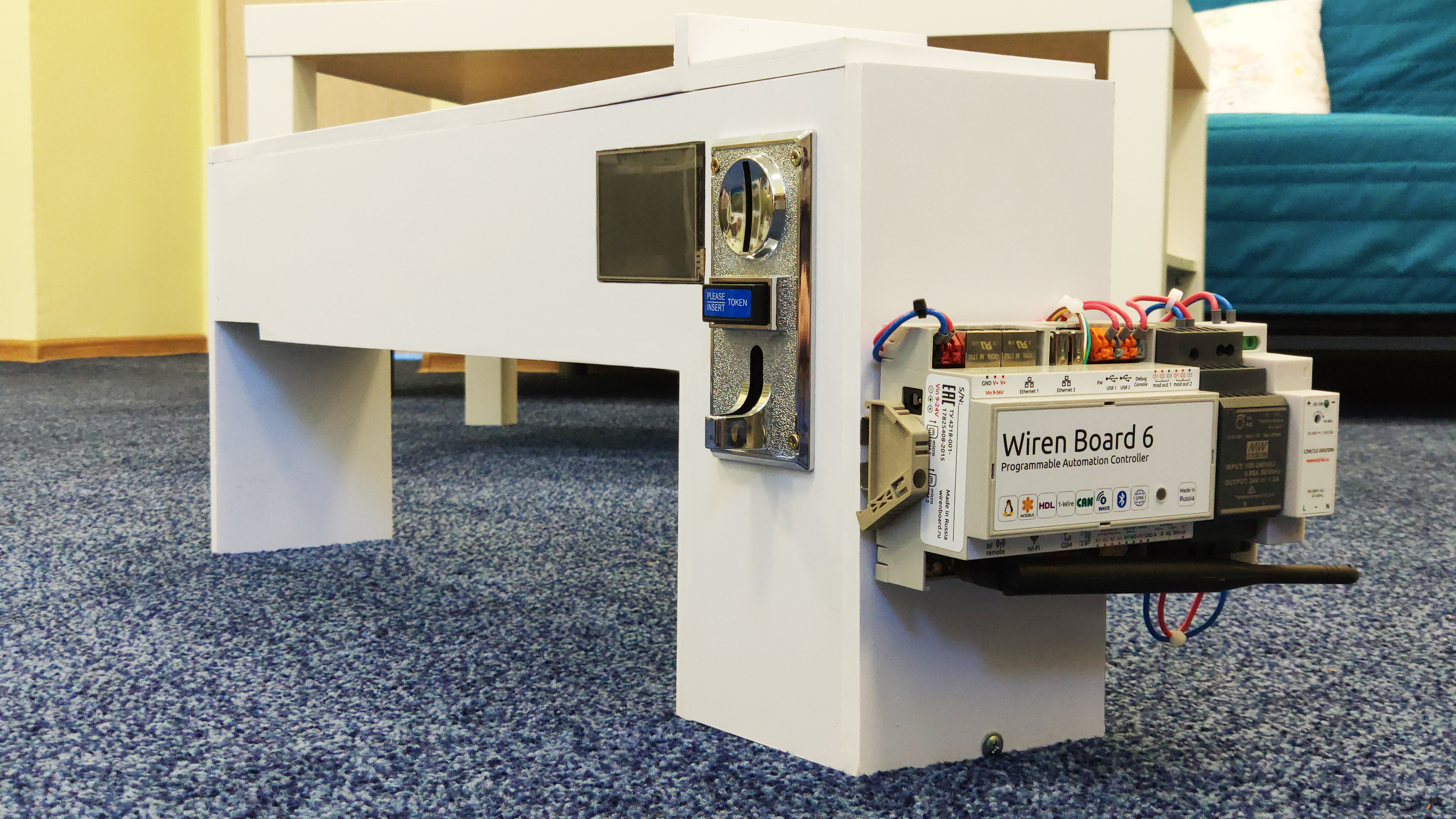
Hello! I work for a company that develops equipment for monitoring oil rigs, mining farms, diesel generator sets and other boring things. But this time we automated something else. So, meet: "Cooking 3000" - the apparatus for issuing cookies to the best employees.
The device consists of a PVC structure and some parts: A
spiral with a drive (serves to supply the goods), a screen, a coin acceptor, and the brain of the whole structure - a Wiren Board 6 controller.
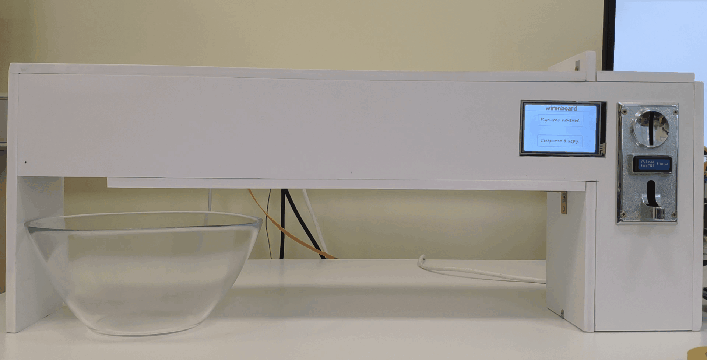
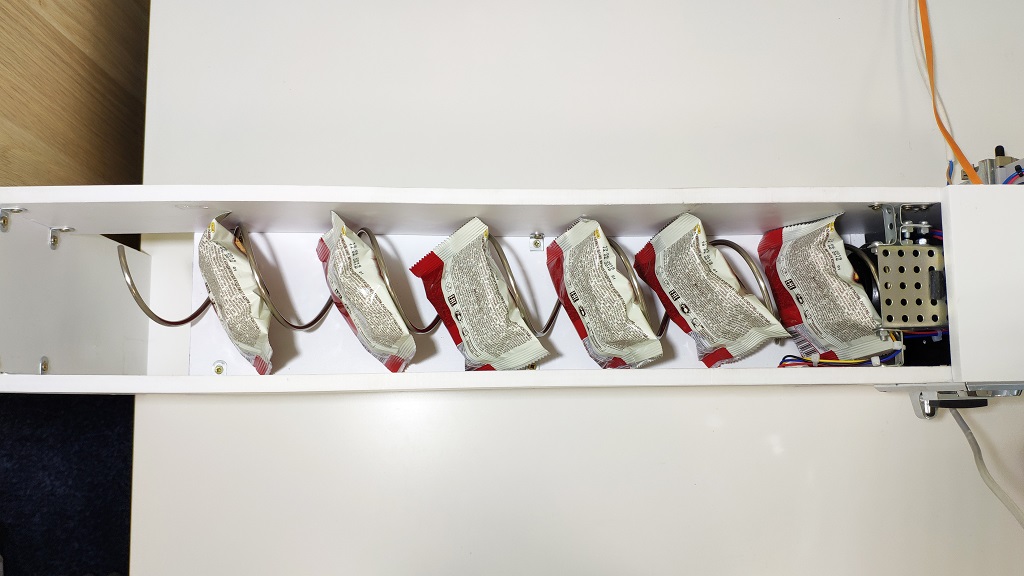
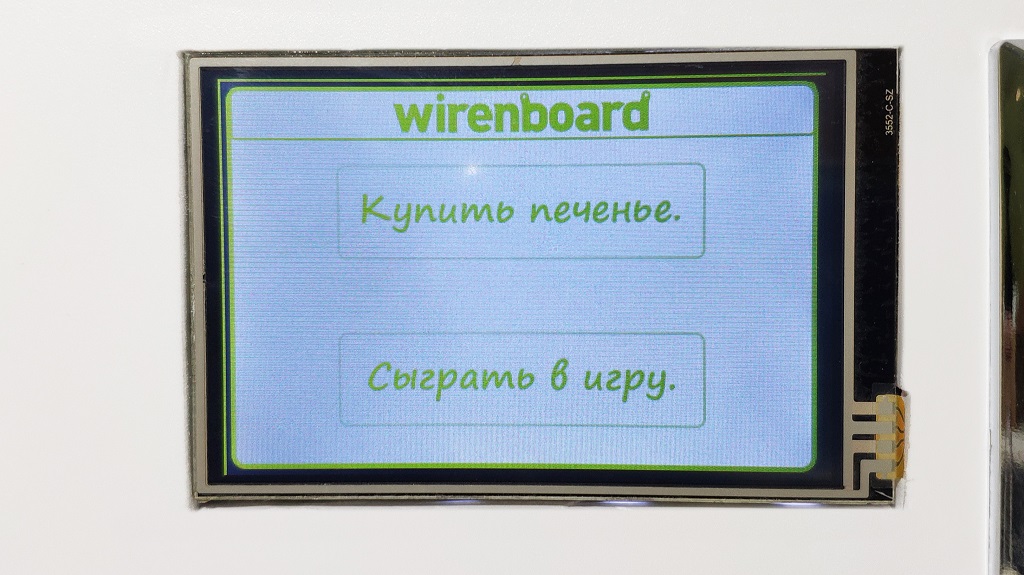
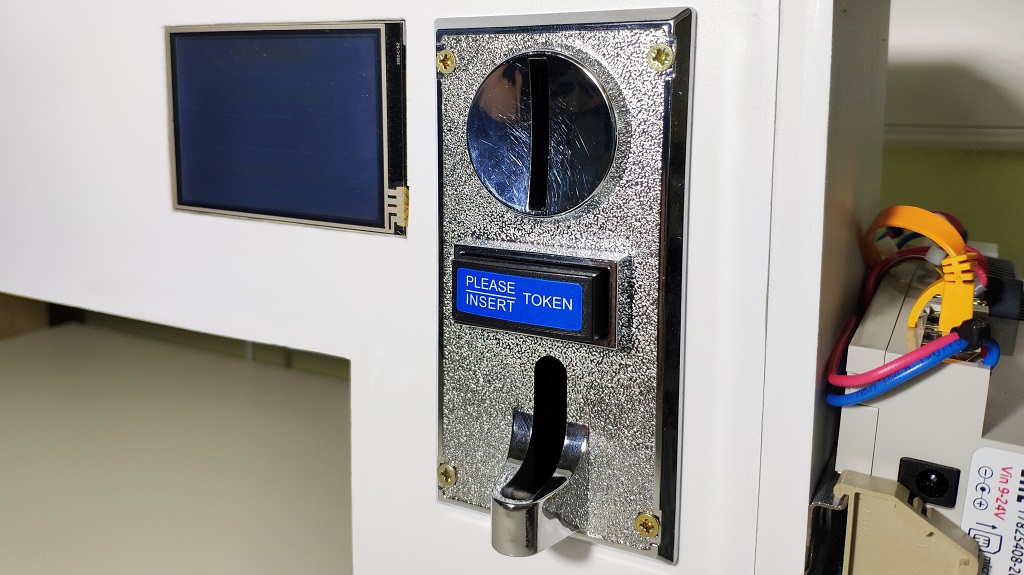

Screen
I use the Nextion screen module (NEXTION ENHANCED NX4832K035) as a screen for WB6 .
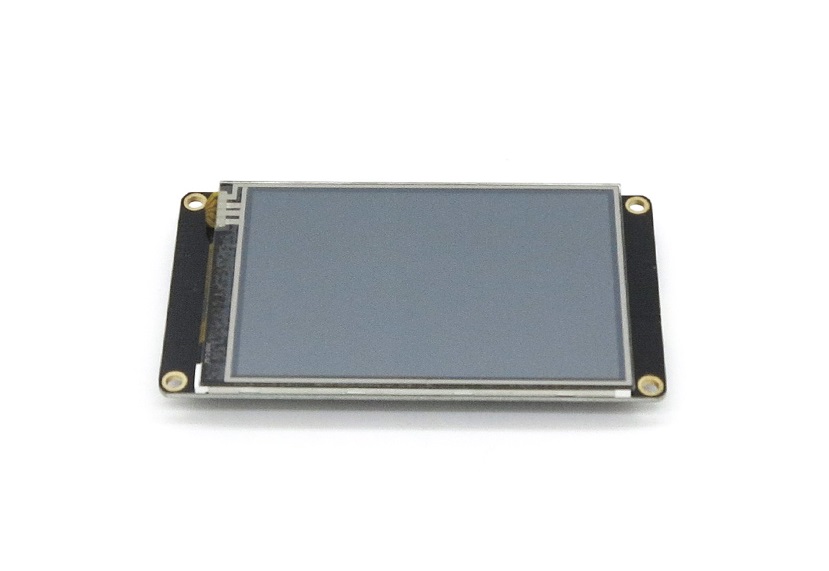
The module is equipped with an AVR processor. It has a 3.5 '' TFT display with a resolution of 480 * 320, 32Mb of internal memory, 1024 byte EEPROM, 8192 byte RAM.
This device stores and displays graphics, animates interface elements and handles clicks. Only event codes are transmitted to the controller via the UART, which makes it easy to configure interfaces of varying complexity.
To load the necessary settings and graphics in the screen module provides a visual interface editor «Nextion Editor». You can download it on the official website of itead.
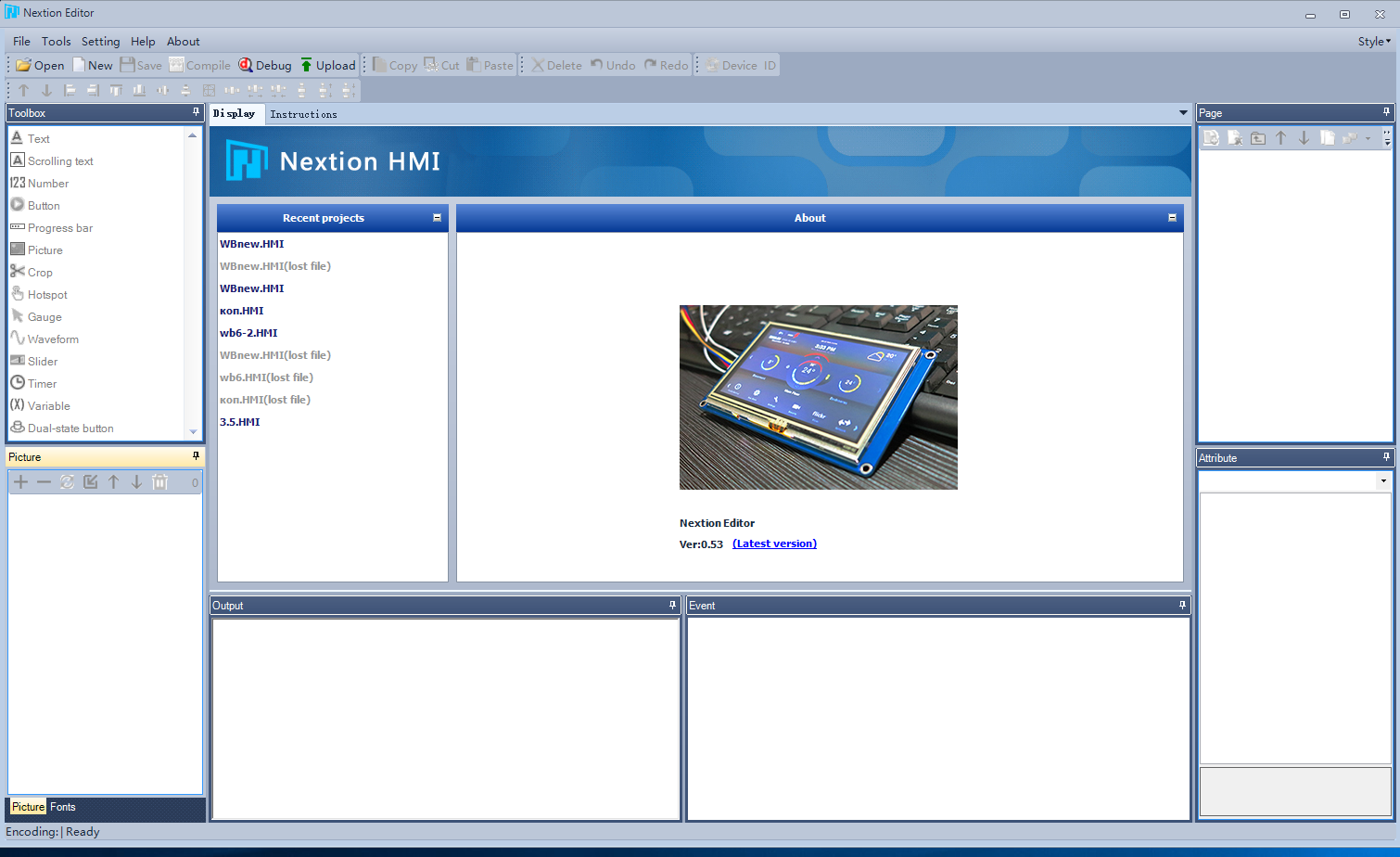
When creating a new project, you must specify the model, screen position and character encoding. For correct Cyrillic display, you need to select iso-8859-5. On the left is a toolbar. Here you can find the most necessary elements to create an interface. Let's click on the Button. A conditional button will appear in the edit field. Stretch it, edit the text and title. To display the text you need to add a font. Use the “Font Creator” tool in the tools tab. In the "Event" field, you must write the code that will be played by events. For example, if in the tab “Touch press event” you register the print “button pressed \ r”, then when you press the button, the device sends to UART: button pressed and the line break symbol.
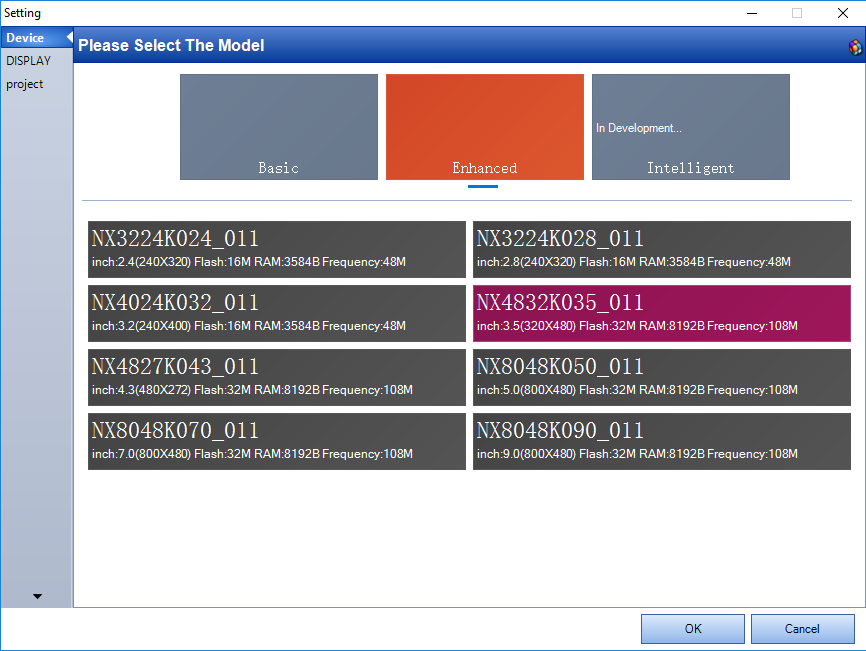

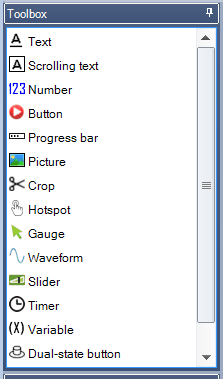

A description and examples of codes can be found in the documentation for the screen. For debugging, you can use the Debug function. This window allows you to test all the functions of the firmware before pouring into the screen itself. If everything is in order, then you can connect the display to the computer via a USB / UART adapter and upload the firmware by clicking on the “Upload” button. But how do we now make friends with the screen with WB6? You can connect the screen either through the same USB \ UART adapter to one of the USB ports on the controller, or directly to one of the expansion slots on the controller board. We are interested in pins TX, RX, 5V and GND. After connecting the screen to the controller, we will receive event data directly to the Serial port.
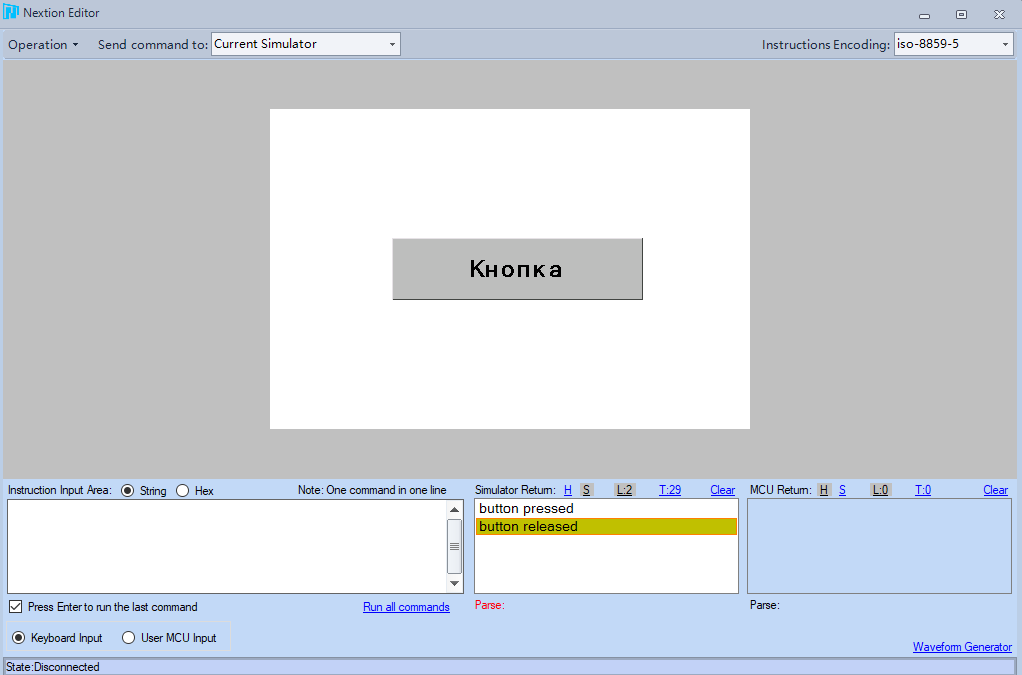

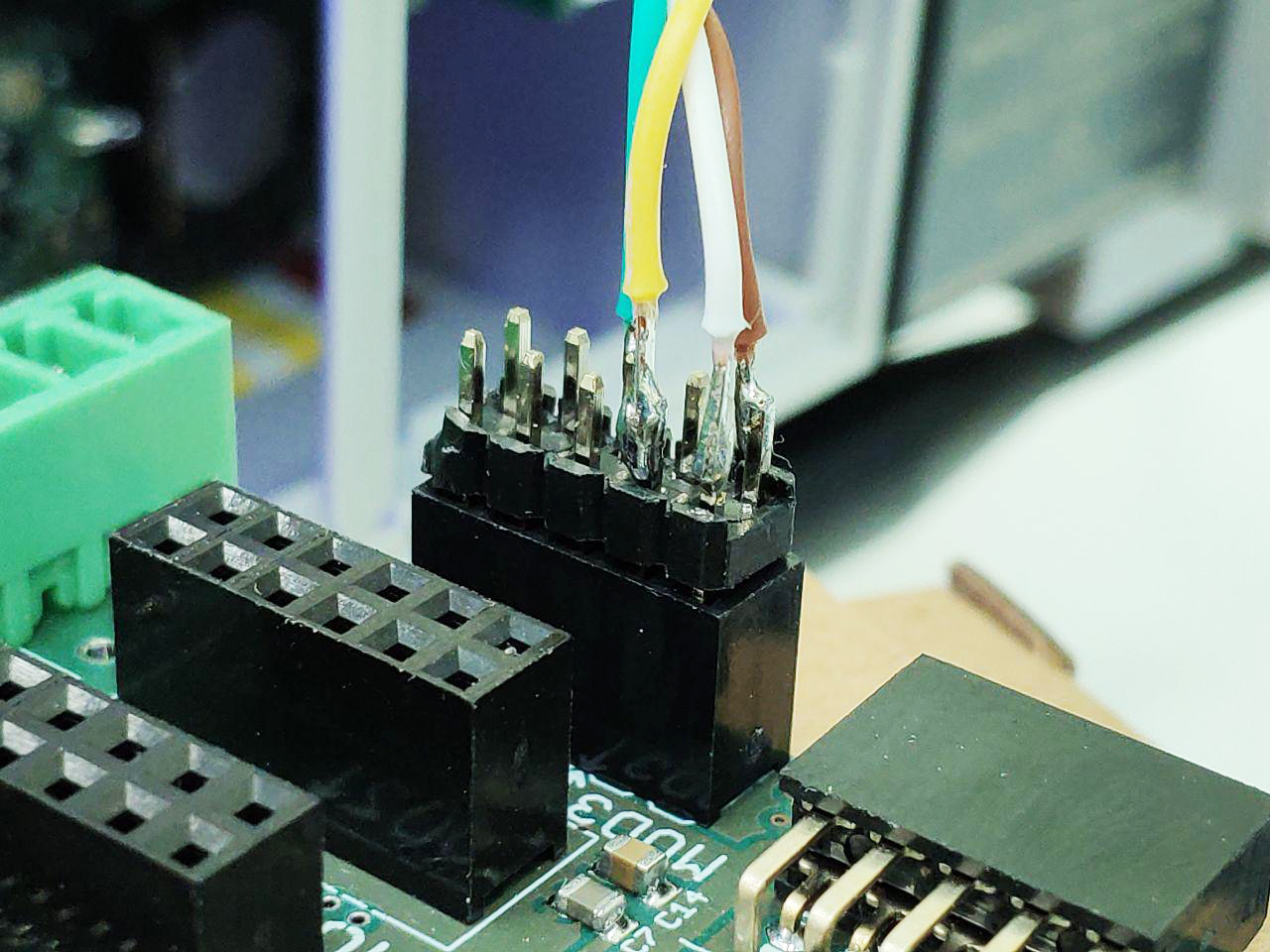
In order to somehow react to these events, let's write a small script that will send all the event data to the MQTT topic. First, create a file in the root folder of the controller and name it serial.sh
serial.sh
#!/bin/bash #Инициализируем порт /dev/ttyMOD3
stty -F /dev/ttyMOD3 ospeed 9600 ispeed 9600 raw clocal -parenb -echo cs8
CR="$(echo -e '\r')"exec 4<> /dev/ttyMOD3
cat <&4 | while :
do
IFS="$CR"read -r line
case"$line"in
quit*)
break
;;
*)
if [[ -n "$line" ]]; thenecho$line#Полученные строки шлём в MQTT
mosquitto_pub -t /devices/screen/controls/raw/meta/type -r -m text
mosquitto_pub -t /devices/screen/controls/raw/on -r -m "$line"fi
;;
esacdoneIf you did everything correctly, then after launching the script when you click on the button, in the web interface of the controller you will see a topic with data that the screen module sends.
On Wiren Board controllers, a system of rules is provided - wb-rules . The rules are created via the web interface and are written in a simple Javascript-like language.
In the WB6 web interface, go to the Scripts tab and create a new script by clicking on the "New ..." button, name it "screen_button.js" or something else. Next, we write the rule: When you change the screen / raw topic (it is in it, we send data from the screen), some actions will take place. In this case, when you click on the screen, we will see the message "The button is pressed" in the debug window of the web interface:
screen_button.js
defineVirtualDevice("screen", { // создаем виртуальный девайс
title: "nextion screen",
cells: {
raw: {
type: "text",
value: ""
},
}
});
defineRule("screen_button", {
whenChanged: "screen/raw",
then: function(newValue, devName, cellName) {
log(newValue);
if (newValue == "button pressed") { //Если получили текст от экрана «button pressed»
log("Нажата кнопка"); //Тут описываем наши действия на событие.
} elseif (newValue == "button released") {
log("Не нажата кнопка");
}
dev["screen"]["raw"] = ""; //Очищаем топик.
}
});
Fine. With how to handle clicking on the screen, we figured out. Now let's talk about how we manage the screen with WB6. For example, change the text of the button. The screen accepts commands on the UART. A list and description of commands can be found in the documentation for the screen.
To determine the end of the command, the screen waits for three special characters (\ xff \ xff \ xff). To simplify the task in the future: create a script in the bash root folder. Let's call it text.sh:
text.sh
#!/bin/bash
TEXT="";
UNIT="";
while [ -n "$1" ]
docase"$1"in
-a) UNIT=$2;;
-b) TEXT=$2;;
esacshiftdoneecho -en "$UNIT.txt=\"$TEXT\"\xff\xff\xff" > /dev/ttyMOD3
exit 0
Now, in order to change the text of the button, we just need to call the script with the arguments:
bash /mnt/data/root/text.sh -a b0 -b ‘Some Text’ Where b0 is the name of the button on the screen, and Some Text is the desired text.
An example of using WB6 rules engine:
var txt1 = "some text";
runShellCommand("bash /mnt/data/root/text.sh -a b0 -b '" + txt1+ "'");
Similarly, you can change the currently displayed page on the screen, the text on the various elements, variables and other parameters. I will not paint here all the functionality of the screen module. For our project, the information already written above is sufficient.
Coin acceptor
As a coin acceptor, I use the Chinese version, found on the open spaces of Aliexpress for 400 rubles.
With the connection, everything is simple. + 12v and a pulse output that needs to be connected to the Dry Contact expansion module WBE2-DI-DR-3 . Further, to determine the coin, we only need to count the pulses. To do this, create a new script in the rules engine:
money.js
var timeout_ms = 1 * 200;
var timer_id = null;
var timerTime = Date.now();
var timerLast = 0;
var countMoney = 0;
defineRule("money", {
whenChanged: "wb-gpio/MOD1_IN2",
then: function(newValue, devName, cellName) {
if (newValue) {
timerLast = Date.now()
if ((timerLast - timerTime) >= 500) { //первый импульс?
timerTime = Date.now();
countMoney = 1;
} else {
timerTime = Date.now(); // второй и последующие импульсы
countMoney++;
}
if (timer_id) {
clearTimeout(timer_id);
}
timer_id = setTimeout(function() { // через определенное время смотрим что получилосьif (countMoney == 5) {
log("10 рублей")
} elseif (countMoney == 4) {
log("5 рублей")
} elseif (countMoney == 3) {
log("2 рубля")
} elseif (countMoney == 2) {
log("1 рубль")
}
timer_id = null;
}, timeout_ms);
}
}
});
Pretty simple rule. Perhaps not the most accurate.
Bitrix24
Now probably the most interesting. Let's try to figure out how to translate the phrase “Well done. Take off the shelf
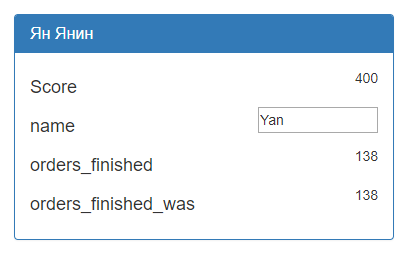
pip install bitrix24-python-sdkbitrix.py
#!/usr/bin/python3import pprint
from bitrix24 import bitrix24
import sys
import subprocess
b24_webhook_key = 'some_key'#Сюда вписать свой ключ, созданный в админке битрикса.
b24_webhook_user = 1#Вписать ID пользователя - того кто создал ключ.
b24_domain = 'some_domain'#Вписать домен компании.
page = 1
user_id = [16, 10, 6, 55, 8, 14, 67, 20] # список пользователей, за которыми собираемся следить
ord_status = 5# 5 - завершенные задачи
order_list = 0
total_orders = 0
bx24 = bitrix24.Bitrix24(b24_domain, webhook_key=b24_webhook_key, webhook_user=b24_webhook_user)
defget_order_list_len(_user_id):
result_ = bx24.call(
'task.item.list',
{'ORDER': {'DEADLINE': 'desc'}},
{'FILTER': {'RESPONSIBLE_ID': _user_id,'REAL_STATUS': ord_status}},
{'PARAMS': {'NAV_PARAMS': {'nPageSize': 50, 'iNumPage': page}}}
)
if result_:
return (len(result_['result']))
for user in user_id:
whileTrue:
order_list = get_order_list_len(user)
total_orders = total_orders + order_list
page = page + 1if(order_list < 50):
subprocess.call("mosquitto_pub -t /devices/%s/controls/orders_finished/on -r -m %s" % (user, total_orders), shell=True) # Отправляем всё в MQTT.
page = 1
total_orders = 0breakThis script requests all completed tasks of a given list of users, counts them and sends the number to mqtt topics. Then we just have to compare the received quantity with the previous values, and if the new data is greater, then add points to the employee for the work done.
Bluetooth
I use Bluez to scan BLE devices. The program is already installed on the controller. In order to scan the ble device, just enter a few commands in the console:
hciconfig hci0 up
hcitool lescan --duplicatesHowever, this is not enough for us. It is advisable to see the level of the signal. To do this, install the additional utility hcidump:
apt-get install bluez-hcidumpAnd complement our team:
hciconfig hci0 up
hcitool lescan --duplicates | hcidump -a | grep -E 'bdaddr|RSSI'At the output we get MAC addresses and RSSI bluetooth (ble) devices nearby. These two lines can be beautifully wrapped in a bash script, and the output sent to the MQTT. The second method is the aioblescan script . Python 3 is required for its operation, preferably 3.5. The advantage of this script is that you can follow specific MAC addresses, and not all by passing smart watches and smartphones passing by the window. The script output is also redirected to MQTT, for the convenience of working with the rules engine.

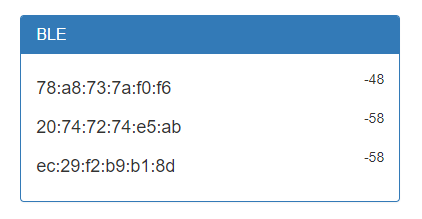
Now we know how to interact with WB6 using the on-screen module, we are able to count coins, monitor the success of employees in Bitrix, scan the ble devices and their signal level. It remains to collect this in one pile and to prescribe some logic. I will not paint all the scripts of this project. Everything will be available on the link in the public domain. Perhaps one of you will find a more useful and clever use for this.
Housing
The body is made of 10mm PVC foam. Sold such plastic sheets. Moderately mild. You can cut with a hacksaw or with a regular stationery knife along the ruler. As a fastener was used a children's set of metal parts "Designer" and short screws. In this set there was almost everything needed to assemble the case.
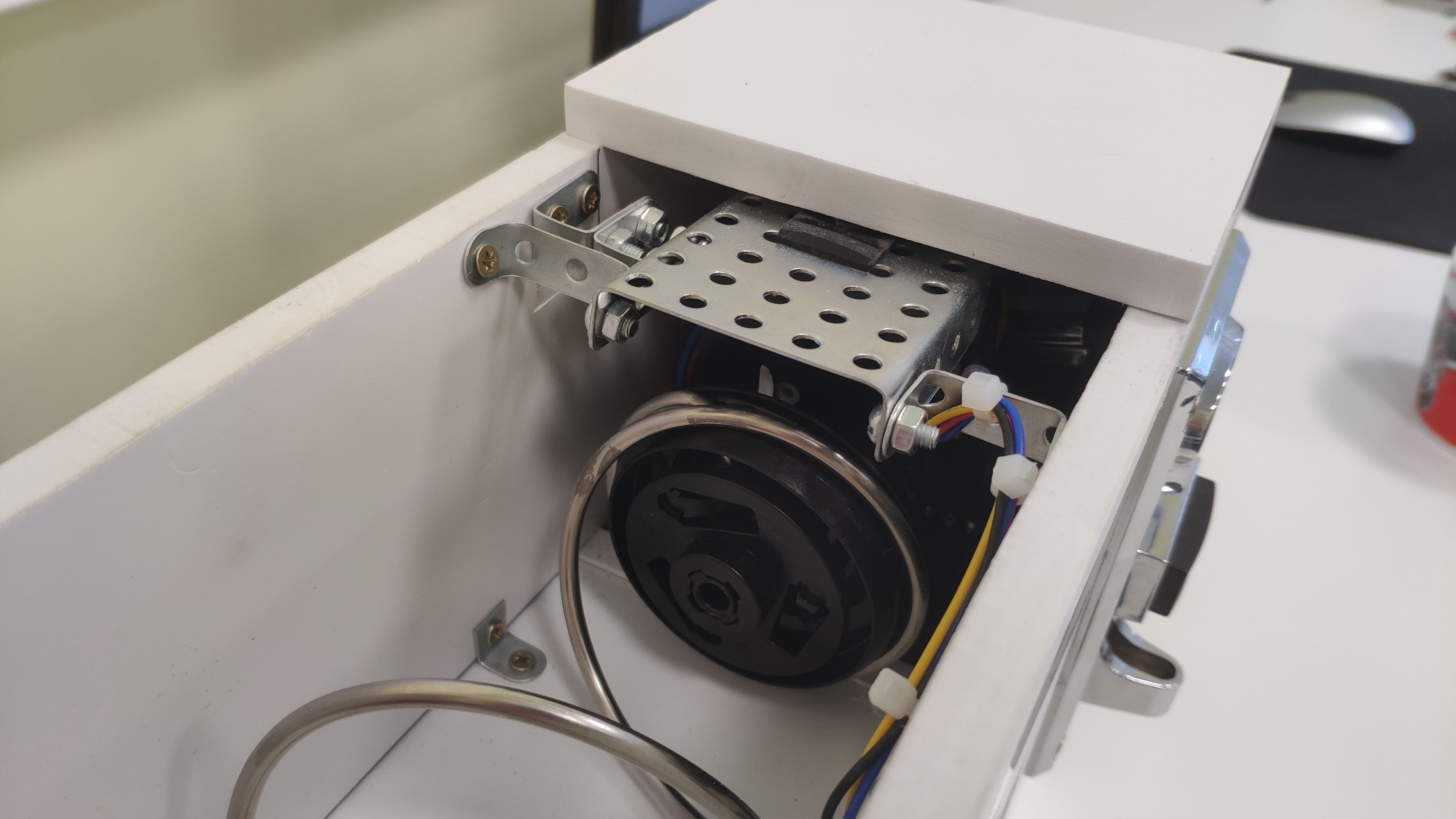
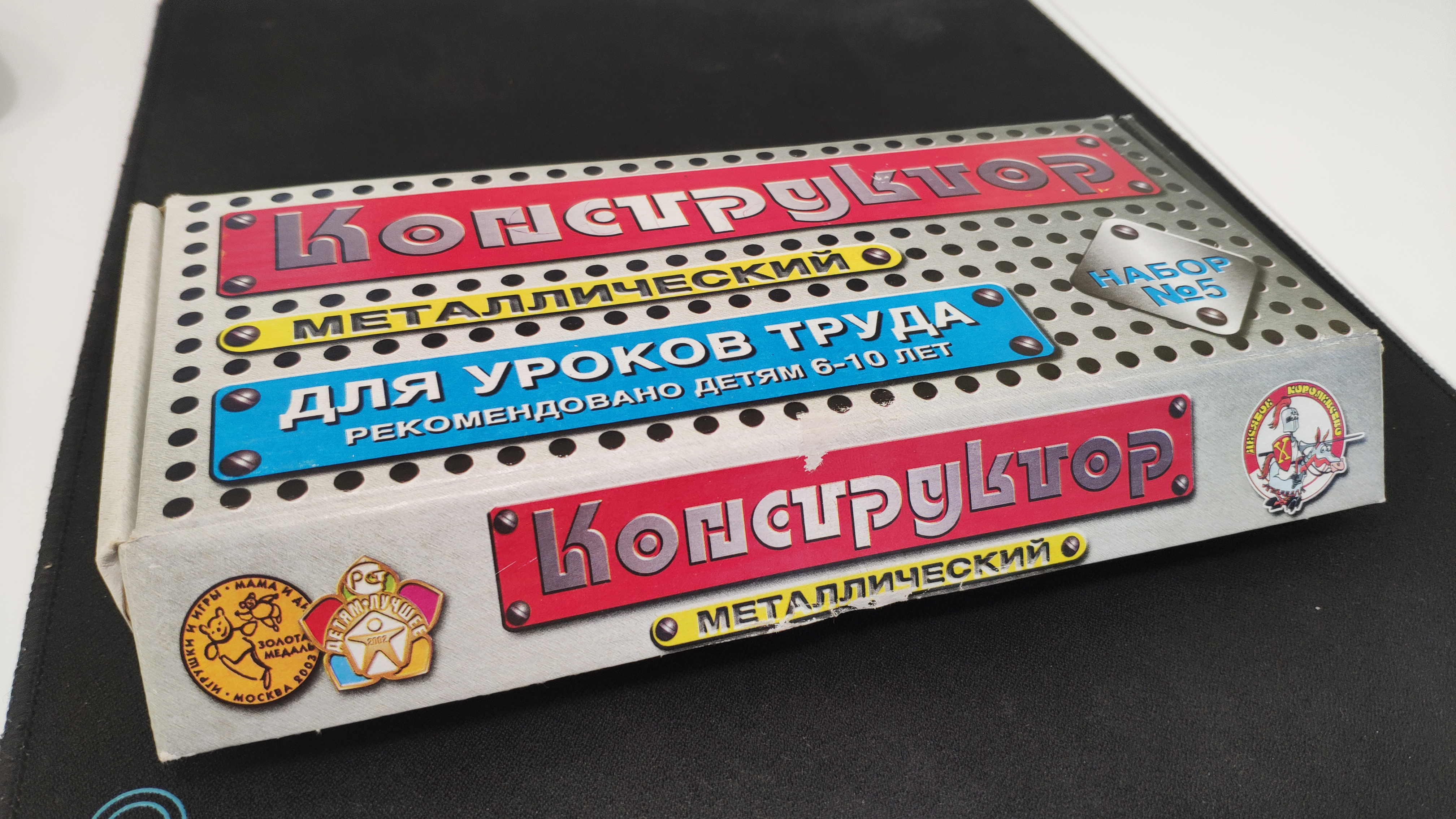
Drive unit
The spiral and the drive were purchased in the online store B \ U app. parts for vending machines. Powered by 24v power supply. It is switched through the relay of the WBE2-DO-R6C-1 expansion module .
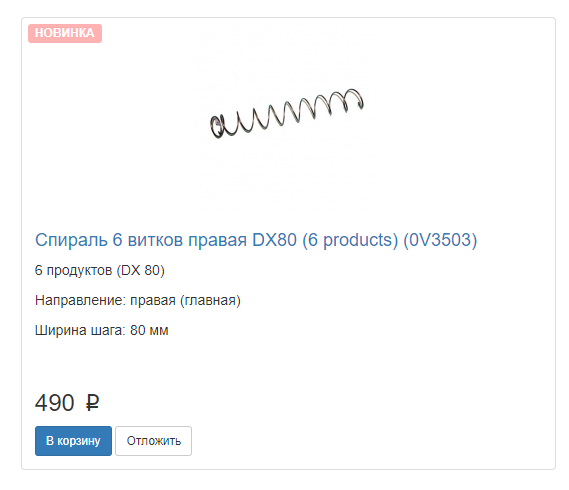


Functional
Functionally similar to a regular vending machine. Gives cookies for money and not only.
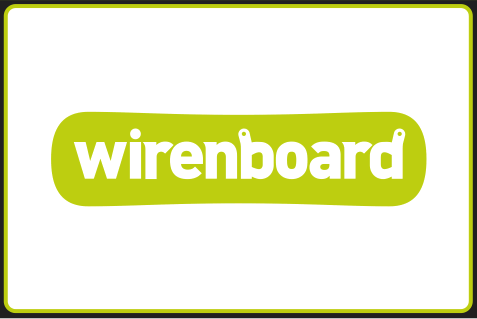
When you start the device, the screen shows a splash screen with a logo, then jumps to the main screen, where we are invited to either buy cookies or play a game.
The game for the user is free, but you can set a small price for motivation. The rules are simple. The player is offered to solve three simple puzzles. If he gives three correct answers, he gets a prize in the form of cookies. Perhaps this is all you need to know about this item. Let's go back to the main menu and click "Buy Cookies".
Further, the system will offer to choose a payment method. When you select the “For Money” payment method, a window appears on the screen with the price and the paid amount, which increases when you make money in the coin acceptor.
As soon as the amount is sufficient to complete the purchase, the device will automatically close this window and issue the goods.
But, as I mentioned earlier, another currency is provided for - these are points obtained for the success of employees in the Bitrix24 system. If the employee closes the task assigned to him - points are awarded to him. Also, points may accrue to the boss for particularly good results.
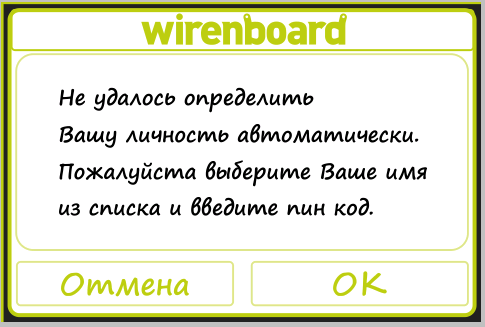
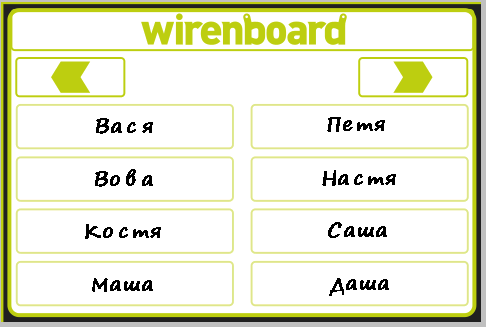
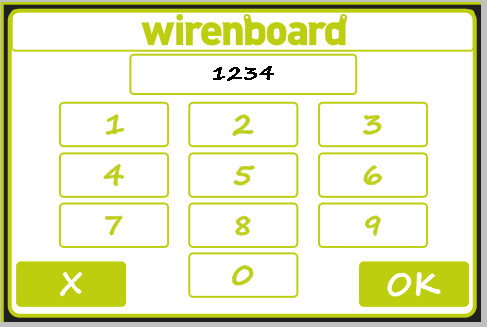
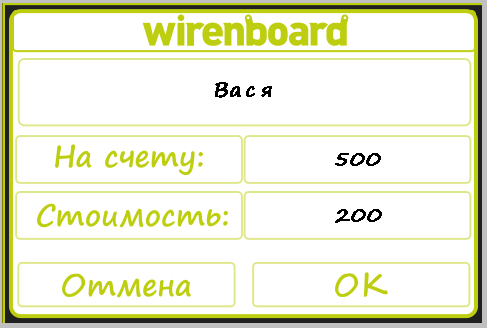
To pay points, an employee needs to select the item “Buy for points”, then the device will try to determine who is standing in front of him. To do this, he scans the Bluetooth device around him and if he sees the MAC address of the device belonging to the employee and listed in the database, as well as the signal level is powerful enough to assume that he is standing nearby, then the data on the account status of the employee, his name and offer to pay for cookies by points.
If the system failed to identify any familiar device, it will issue a warning and will offer to choose your name from the list and then enter your PIN code.
In the case of correct input, the same window will open with data on the state of the user's account and the value of the product. Upon confirmation of the purchase, the required amount of points is deducted from the user's account and the device issues the goods.
That's all. This project was created solely for educational purposes, and to show that the use of the Wiren Board controller is limited only by imagination. All files and scripts can be found by reference .
